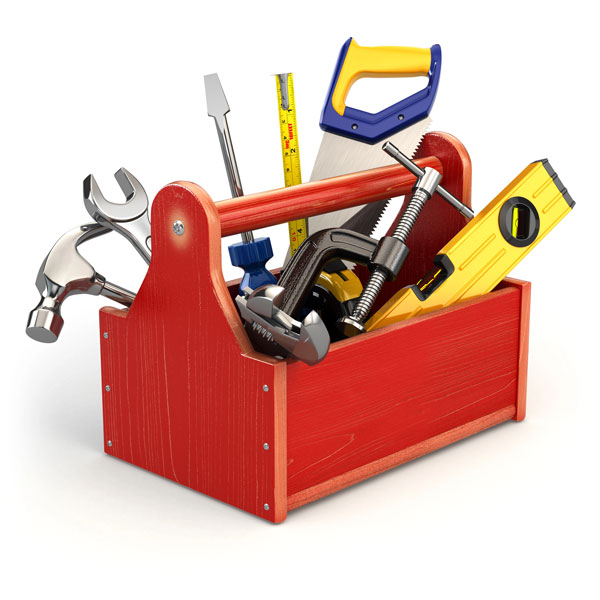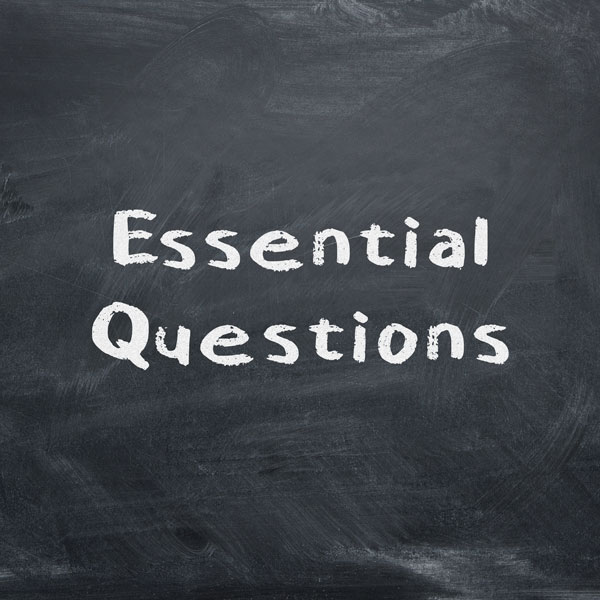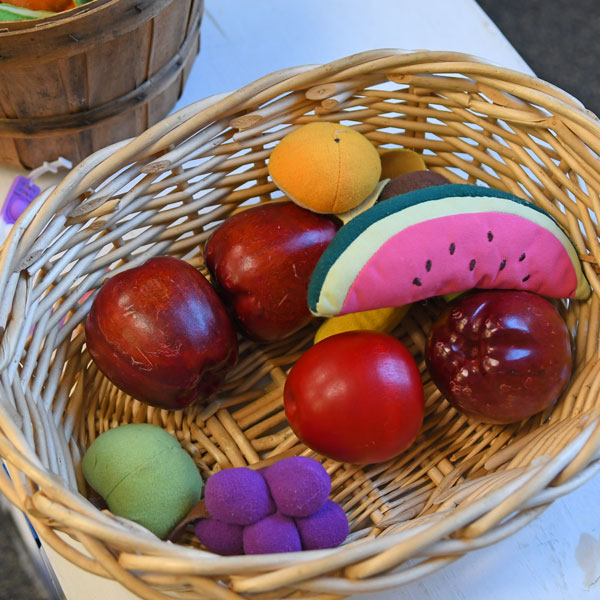Observe
Watch how students use materials and what questions they ask.
This toolkit offers checklists, examples, and ready-to-use resources you can keep on hand as you plan. It is not about instant change. Instead, it supports intentional steps toward a classroom environment where curiosity and student engagement thrive.

Arrange desks in clusters or open spaces for collaboration
Add a “Wonder Wall” for student questions and ideas
Include baskets of open-ended materials (blocks, shells, boxes)
Keep décor simple and student-created (word walls, number lines)
Make space for movement, exploration, and group work

Post one of these to guide a week’s lessons:
Dear Families,
Welcome to our classroom! We’re looking forward to a great year with your child and to getting to know your family. Our classroom might function differently from the classroom you remember from your own elementary school years, but be assured that this was done intentionally.
In our classroom, children are building, creating, designing, debating, and collaborating in small groups and pairs. It may look like play and your child may describe their day as one spent “playing,” but this is a different kind of play than the free-play you might be imagining. Your child will be engaging in play-based learning, which is an intentional, inquiry-based approach that is aligned with standards and has the same goals as traditional classroom learning.
Research on child development tells us that children learn best when they are active, curious, and engage in real-world problem solving. Play-based learning helps children connect knowledge and skills across disciplines in deep and meaningful ways.
We would like to share with you some of the basic ideas of play-based learning:
We invite you to visit and see your child’s learning in action. You’ll witness students solving problems, creating solutions, and practicing the 21st-century skills they’ll need for the future.
We look forward to an exciting year of discovery together.
Sincerely,
[Your Name]
Watch how students use materials and what questions they ask.
Offer prompts like “What else could you try?” or “Why do you think that happened?
Open-ended materials allow for students to apply knowledge, test their understanding and explore their own curiosities.
End the day with a short share-out of discoveries or “wonders”.

For more in-depth resources, explore our page about Getting Started with Play-Based Learning.
This toolkit is designed as a practical starting point. Begin with one small change, reflect on what you see, and build from there. Play-based learning takes planning and intentionality, and this resource is here to support you along the way.